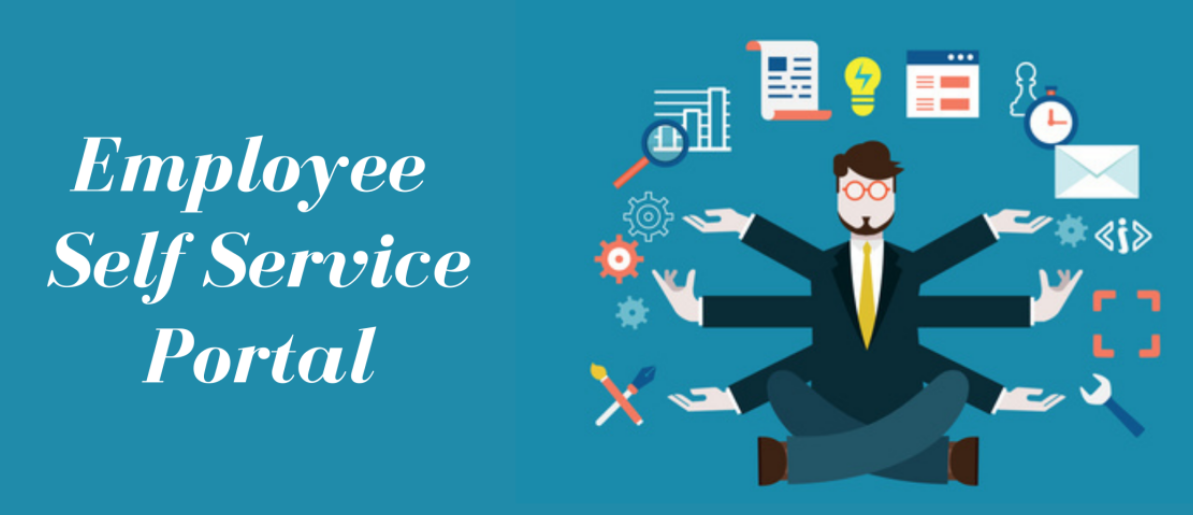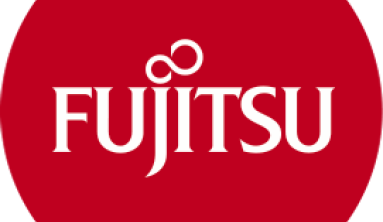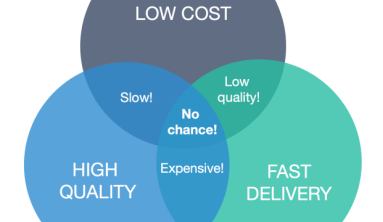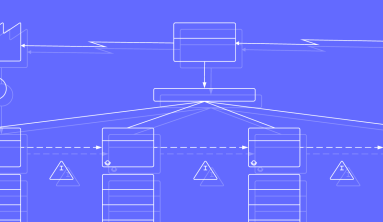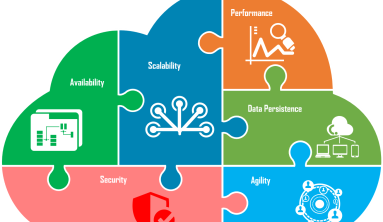Employee self-service (ESS) is a widely used human resources technology that enables employees to perform many job-related functions, such as applying for reimbursement, updating personal information and accessing company benefits information -- which was once largely paper-based, or otherwise would have been maintained by management or administrative staff.
Employee self-service is often available through the employer's Intranet or portal. It can also be part of larger human capital management (HCM), enterprise resource planning (ERP) or benefits administration software, which is often delivered via SaaS platforms. Employee self-service software, once sold as a stand-alone product, is now usually incorporated into more comprehensive HR tech systems.
The acronym ESS is not used as widely as it was when the technology first became prevalent in the early 2000s. Now, self-service features are considered basic functionality in most big HCM systems.
Why employee self-service?
In an increasingly competitive employee talent market, employee self-service technology helps to create a positive work culture and to retain talent by giving workers direct control over their employment information.
Employee self-service systems are being optimized for mobile more and more on social media-like platforms, and are often part of larger employee engagement strategies, which can include wellness programs, recognition, learning management systems and organization-wide social activities.
Features of HR self-service software
The features of HR self-service software include the following:
- payroll capabilities, such as online access to pay stubs, the ability to change tax withholding and deduction amounts, and logging work time and hours;
- the ability to shop for and choose benefit programs and manage open enrollment and other changes, such as major life events;
- the ability to make changes to retirement investment plans, such as changing employee contributions, setting up loans and making withdrawals;
- expense management; and
- business travel management.
Benefits of employee self-service
Employee self-service systems can save time for HR administrators, while giving employees more autonomy to manage their benefits and payroll configurations. They can also help make employees feel more connected to their organizations and, possibly, happier in their jobs, and more productive.
Challenges of employee self-service
Integrating multiple employee self-service channels -- such as intranet, portal, wellness program apps and retirement accounts -- can be technologically difficult because of differing data formats and login procedures.
Also, educating employees about self-service system capabilities and encouraging employees to use them can be a long process.
In addition, upgrading from legacy self-service systems to new ones can involve difficult decisions about vendors, including whether systems from disparate vendors are compatible or whether to replace a stand-alone self-service system with a specialized module from an HCM, ERP or benefits software vendor.
Via techtarget
